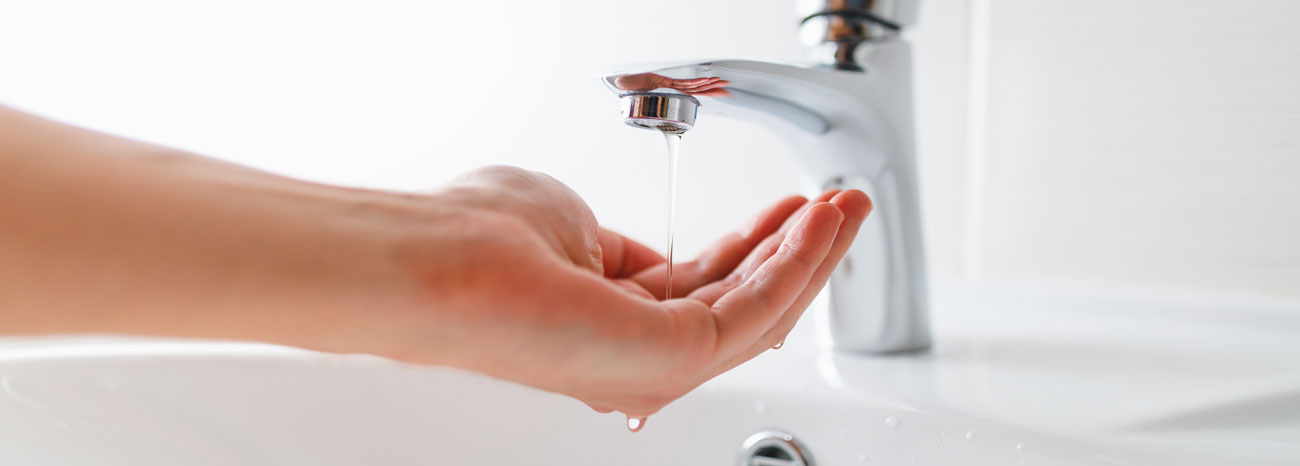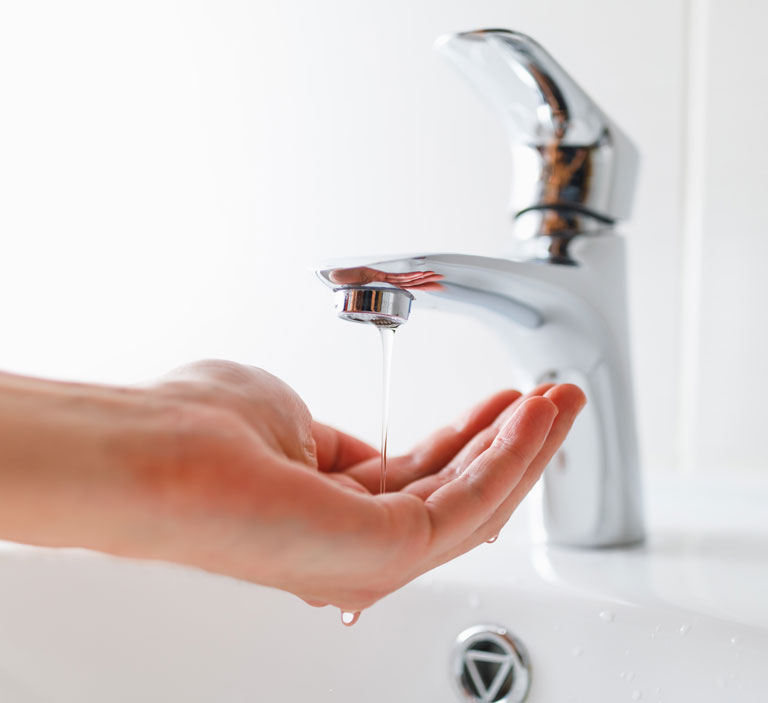Don’t you hate when you’re in the shower, ready to rinse the shampoo out of your hair, and all of a sudden the water pressure drops? Did a family member flush the toilet in the downstairs powder room? Or did they start a load of laundry without first checking to see if anyone was showering? If so, all you need to do is wait a minute or so and the water pressure in your shower will return to its regular levels.
Experiencing low water pressure in your home due to extra demand is annoying but resolves itself as soon as the demand returns to normal. What isn’t normal is when you notice that the water pressure in your shower just isn’t what it used to be on a daily basis, if your washing machine takes far longer than usual to fill with water, or your toilet is running longer than it should. These are all symptoms of a more serious cause of low water pressure in your home.
What’s Causing Low Water Pressure in Your Home
Low water pressure can happen for a number of reasons. The industry standard for recommended water pressure is 52-75 pounds per square inch. It’s important to find the root cause now and address it to avoid potential issues that could lead to serious damage to your home.
How Well is Your Well?
If your household relies on getting water from a private well, it could be the source of your low water pressure troubles.
Minerals from hard water could be clogging your well screen, leading to a lowering of pressure to the water entering your home. Likewise, if your well water has high iron levels that can lead to rust which can also clog the well screen.
Contact your well pump service provider, who can clean or replace the screen.
Check Your Water Main
If you live in town and your water is sourced by the local municipality, it’s possible that there is a leak in your water main. Check to make sure there is no leak or evidence of water deposits at the location where your water hookup connects to the municipal water system or where the water main connects to your home.
If you do notice a leak, contact a plumber and alert the appropriate person at your municipality.
Check Your Main Shutoff Valves
While you’re checking your water main for leaks, take a moment to inspect the two main shutoff valves to make sure they are fully open and working properly.
- Water Meter Valve: this is located at the connection to the water meter on your home.
- Main Shutoff Valve: find this valve at the location where the municipal water supply enters your home
Check Your Water Pressure Regulator
It’s possible that your water pressure regulator valve could be hampered by sediment build-up, leading to lower water pressure. If you only recently moved in to your home, check to see that the previous owner did not install a water pressure reducing valve. It’s also possible that the water pressure regulator could be broken.
Check Your Pipes
Low water pressure is most commonly caused by an issue with your pipes.
- Leaks: Inspect the area around your pipes. If you see moisture or water pooling, that’s the likely cause of your problem. One way to rule leaky pipes in or out is to refrain from using any of the taps in your home and note the water meter reading. Wait about an hour or so – still not using the taps – and check the water meter again. If the reading shows an increase, you likely have leaky pipes.
- Clogging: Sediments from hard water build up in your pipes, impairing the flow of water. You can try using household “drain” cleaners but it’s best to consult with a plumber.
- Corrosion: Older pipes made of iron are susceptible to corrosion, leading to holes and leaks. This is usually due to the pH levels of your water. Check with a plumber to see if it’s time to replace your pipes.
If you notice any of these issues with your pipes, it’s time to call a plumber. If you do not have a water softener, you should consider having one installed to combat the build-up of sediment in your pipes and all throughout your plumbing system.
Check your Faucets and Plumbing Fixtures
Similar to your pipes, the faucets and plumbing fixtures throughout your home can cause low water pressure, as clogs and corrosion within them lead to leaks. Hard water also takes a toll on how well your faucets and fixtures function. Contact your plumber to see if a repair is not possible or if it’s time for replacements.
Check Your Water Heater
Do you notice that the water pressure is only lower when you’re using hot water? That’s a sign that the issue could be build-up in the piping of your water heater. Check with your plumber to make sure your water heater hasn’t been damaged as a result.
What’s Next?
If you are experiencing low water pressure in your home, it’s important to find the root cause and resolve the problem. Whether it’s a simple fix or an issue requiring a robust response, it’s better to handle it before it becomes an emergency that causes severe damage to your home.
Contact our plumbing professionals today at 215.799.2019 or visit emoyer.com/services/plumbing/ to get started.


